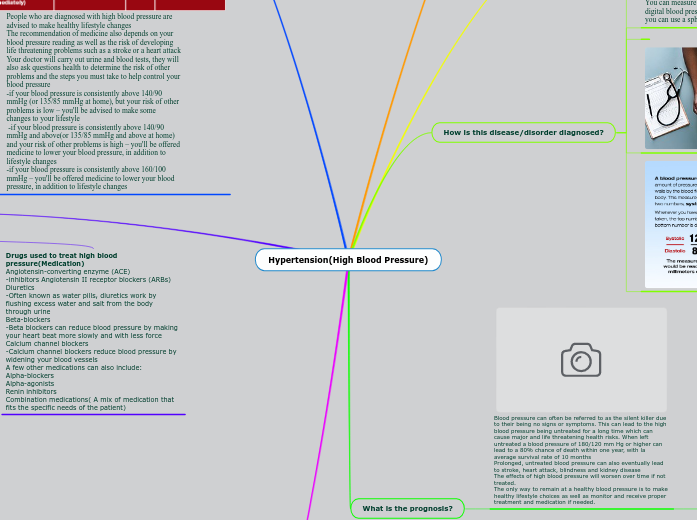door Tanzina Khondakar 4 jaren geleden
908
Hypertension(High Blood Pressure)

door Tanzina Khondakar 4 jaren geleden
908

Meer zoals dit
-Some health conditions like diabetes and obesity increases your chances of having high blood pressure -High blood pressure can also occur during pregnancy and is usually temporary and disappears after delivery -This is known as gestational hypertension or pregnancy induced hypertension